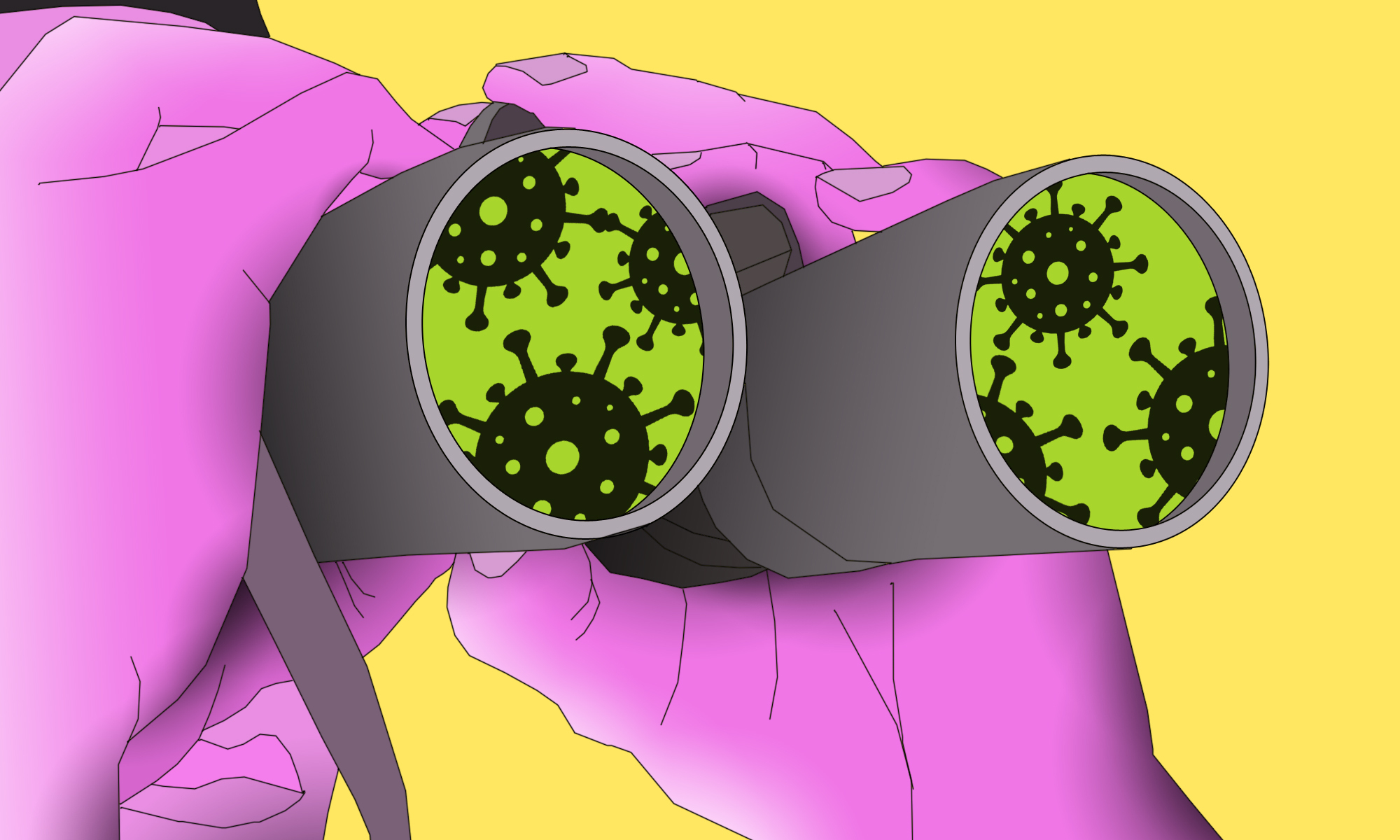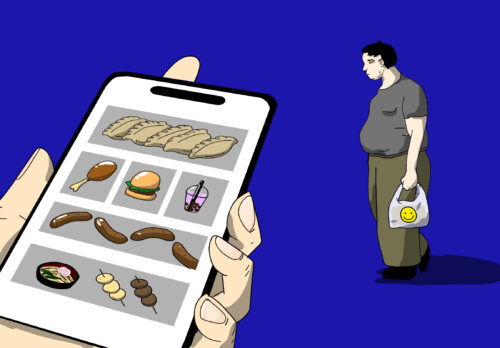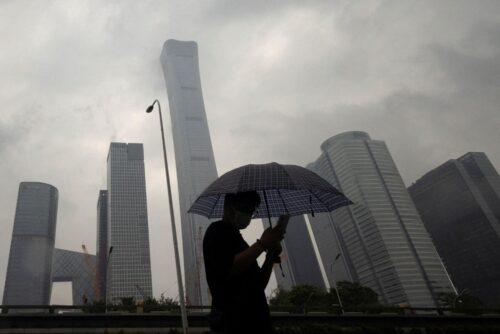China reports only two COVID deaths as infections strain healthcare system
The two deaths in Beijing are the first official fatalities China has reported since relaxing COVID zero, as a wave of cases strain its healthcare system and its economy. But no one believes that only two people have died from the virus.

Over the weekend, China reported its first deaths since dropping its COVID-zero curbs, as the country battles an outbreak of infections that is exhausting its healthcare system and ensnaring supply chains.
Two people died of COVID in Beijing, the National Health Commission (NHC) announced today, the first official report of COVID-related deaths in the country since December 3.
- The low body count has fueled speculation that China is underreporting its death tally from the virus, which runs counter to well-documented reports of overrun crematoriums in the nation’s capital.
- The NHC last week dropped reporting asymptomatic cases in its virus tally, opting instead to include only those who display symptoms. The removal of mandatory testing means that the numbers no longer reflect reality.
The nation’s healthcare system is under strain from the swelling number of cases. The government’s scrapping of its yearslong COVID-zero policy, including the ditching of its virus-tracking app and database, was a shocking pivot that has led people to panic-buy things like lemons and canned peaches.
- Blood banks are running low on supplies, as potential donors have either caught COVID, or chose to stay at home in fear of getting infected. Local governments reported a drop in blood donations in recent weeks that reduced their inventory to as little as 16% compared with the same level last year, per the Financial Times.
- Fever-reducing medicines are selling out in stores and online shopping sites, while Chinese cities are increasing their orders of drugs like ibuprofen.
Supply chains are getting snarled up again, as companies have largely been left to their own devices on how to deal with the sudden surge in cases. While some factories plan to reinstate “closed-loop” pandemic control systems, others have dropped PCR testing altogether.
- Delivery services are stretched thin, as people turn to online couriers to avoid crowded locations. Companies like JD.com and Meituan have announced plans to try to roll out more temporary workers in a bid to ease delivery issues in Beijing.
- The Beijing municipal government has called for the immediate restoration of normal production and living conditions, saying that recovered COVID patients who have been released from home isolation can return to work without needing to test.
- The 10th edition of China’s COVID-19 control protocols will be released soon, which “will benefit economic development on the basis of active epidemic prevention,” Zhōng Nánshān 钟南山, the point man in the country’s pandemic response, said per state tabloid Global Times, while stressing that 99% of those infected with Omicron can fully recover within seven to 10 days.
China news, weekly.
Sign up for The China Project’s weekly newsletter, our free roundup of the most important China stories.
Meanwhile, China will experience “three waves” of COVID infections this winter, according to Wú Zūnyǒu 吴尊友, the chief epidemiologist at China’s Center for Disease Control and Prevention. The first outbreak is already at its peak, with second and third waves expected to hit in late January to mid-February and late February to mid-March, respectively, due to travel from Lunar New Year celebrations.
- Wu’s predictions echo earlier ones from epidemiologists that anticipate an incoming tsunami of COVID cases, with some like the U.S.-based Institute of Health Metrics and Evaluation (IHME) forecasting over a million deaths through 2023.




